
Code: 05172895
Crowd Scenes
by Michael Tratner
The movies and the masses erupted on the world stage together. In a few decades around the turn of the twentieth century, millions of persons who rarely could afford a night at the theater and had never voted in an election became ... more
- Language:
 English
English - Binding: Paperback
- Number of pages: 162
Publisher: Fordham University Press, 2008
- More about this

You might also like
-
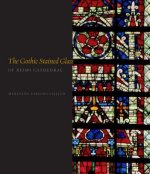
Gothic Stained Glass of Reims Cathedral
79.09 € -10 % -

Brewing Yeast and Fermentation
123.39 € -
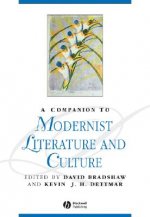
Companion to Modernist Literature and Culture
231.35 € -

Auf einen Blick: Grammatik passend zum Schulbuch
7.05 € -
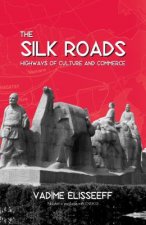
Silk Roads
42.06 € -

Verrocchio
85.05 € -

Adventure Capitalism
121.07 €
Give this book as a present today
- Order book and choose Gift Order.
- We will send you book gift voucher at once. You can give it out to anyone.
- Book will be send to donee, nothing more to care about.
More about Crowd Scenes
You get 114 loyalty points
 Book synopsis
Book synopsis
The movies and the masses erupted on the world stage together. In a few decades around the turn of the twentieth century, millions of persons who rarely could afford a night at the theater and had never voted in an election became regular paying customers at movie palaces and proud members of new political parties. The question of how to represent these new masses fascinated and plagued politicians and filmmakers alike.Movies seemed to speak directly to the masses, via a form of crowd psychology that bypassed individual personality. Many political commentators believed that movies were inherently aligned with the new forms of collectivist mass politics - indeed, government control of the movie industry became a cornerstone of Communist and Fascist regimes, new political movements that embraced the crowd as the basis of social order.Michael Tratner examines the representations of masses - the crowd scenes - in Hollywood films from "The Birth of a Nation" through such popular love stories as "Gone with the Wind", "The Sound of Music", and "Dr. Zhivago". He then contrasts these with similar scenes in early Soviet and Nazi films. What emerges is a political debate being carried out in filmic style. In both sets of films, the crowd is represented as a seething cauldron of emotions. In Hollywood films, this is depicted as molding private loves, while collectivist movies present it as turning into organized mass movements. Crowd scenes do more than provide backgrounds for stories, that is: they also function as models for the crowd in the theater.The book concludes with an examination of the films of Fritz Lang, who first in pre-Nazi Germany, then in Hollywood, created movies that can be seen as meditations on both these ways of using the crowd.
 Book details
Book details
Book category Books in English The arts Film, TV & radio Films, cinema
45.60 €
- Full title: Crowd Scenes
- Subtitle: Movies and Mass Politics
- Author: Michael Tratner
- Language:
 English
English - Binding: Paperback
- Number of pages: 162
- EAN: 9780823229024
- ISBN: 0823229025
- ID: 05172895
- Publisher: Fordham University Press
- Weight: 282 g
- Dimensions: 154 × 229 × 18 mm
- Date of publishing: 30. April 2008
Trending among others
-
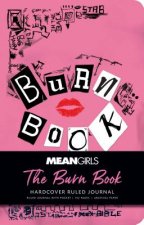
Mean Girls: The Burn Book Hardcover Ruled Journal
15.53 € -22 % -

Jonesy
11.69 € -18 % -

Alien Next Door
11.59 € -35 % -
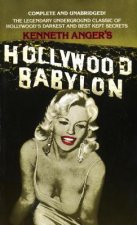
Hollywood Babylon
8.67 € -23 % -
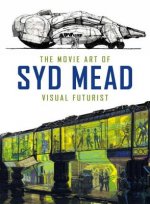
Movie Art of Syd Mead: Visual Futurist
38.13 € -14 % -
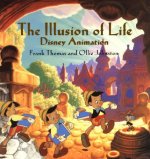
The Illusion of Life : Disney Animation
57.90 € -3 % -
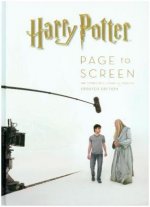
Harry Potter: Page to Screen: Updated Edition
70.52 € -15 % -
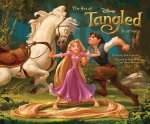
The Art of Tangled
28.75 € -24 % -
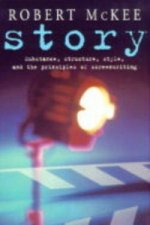
Story
30.26 € -13 % -
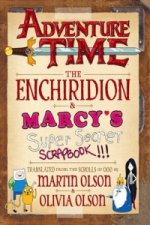
Adventure Time - The Enchiridion & Marcy's Super Secret Scrapbook
22.99 € -18 % -
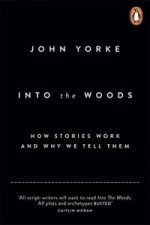
Into The Woods
11.29 € -28 % -
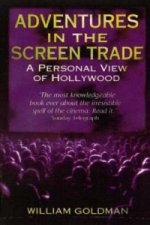
Adventures In The Screen Trade
13.31 € -28 % -
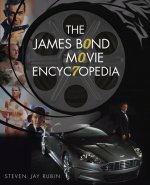
James Bond Movie Encyclopedia
29.45 € -17 % -

Film in Five Seconds
15.23 € -28 % -

Alien - Augmented Reality Survival Manual
28.75 € -18 % -
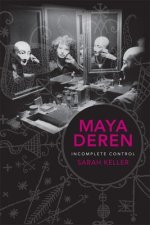
Maya Deren
40.25 € -

Harry Potter Pensieve Memory Set
27.13 € -20 % -
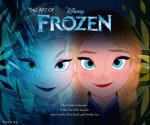
Art of Frozen
31.47 € -10 % -
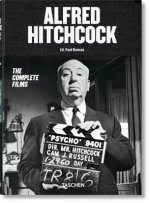
Alfred Hitchcock. The Complete Films
32.18 € -20 % -
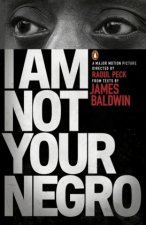
I Am Not Your Negro
11.39 € -20 % -
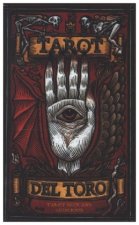
Tarot del Toro
23.20 € -28 % -
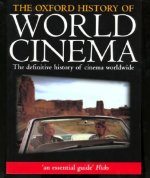
Oxford History of World Cinema
47.51 € -

Art of Frozen 2
28.75 € -21 % -

Alien Covenant: David's Drawings
42.06 € -16 % -
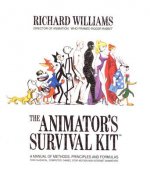
The Animator's Survival Kit
37.62 € -1 % -

Alien: The Blueprints
29.65 € -22 % -

Lighting for Cinematography
32.38 € -14 % -

Alien
35.10 € -28 % -

Art and Making of Alien: Covenant
34.40 € -18 % -
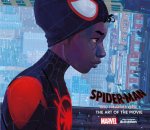
Spiderman Into the Spider-Verse
34.80 € -21 % -

Horror Cinema
20.47 € -20 % -

Animator's Survival Kit
47.81 € -13 % -

Alien: The Archive - The Ultimate Guide to the Classic Movies
38.03 € -22 % -

The Art of Princess Mononoke
31.17 € -12 % -

The Celestine Prophecy
11.39 € -20 % -
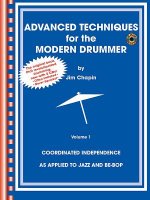
Advanced Techniques for the Modern Drummer - Jim Chapin
20.88 € -19 % -

Black Holes: The Reith Lectures
8.57 € -27 % -
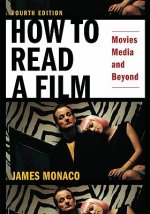
How to Read a Film
38.73 € -
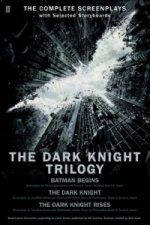
Dark Knight Trilogy
20.37 € -27 % -
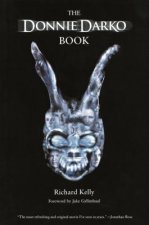
Donnie Darko Book
14.82 € -26 % -
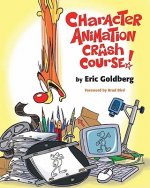
Character Animation Crash Course!
36.82 € -

Fantastic Mr. Fox
27.64 € -22 % -

Harry Potter: A Pop-Up Guide to Diagon Alley and Beyon
65.07 € -13 % -
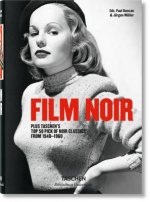
Film Noir
20.98 € -18 % -
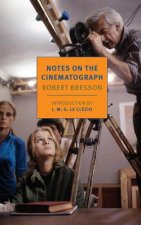
Notes On The Cinematograph
11.90 € -30 % -

Lynch on Lynch
17.65 € -16 % -

Forefathers' Eve
30.46 € -18 % -
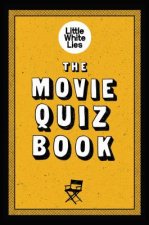
Movie Quiz Book
21.48 € -

The Stanley Kubrick Archives
20.27 € -9 %
Collection points Bratislava a 2642 dalších
Copyright ©2008-24 najlacnejsie-knihy.sk All rights reservedPrivacyCookies



 15549 collection points
15549 collection points Delivery 2.99 €
Delivery 2.99 € 02/210 210 99 (8-15.30h)
02/210 210 99 (8-15.30h)